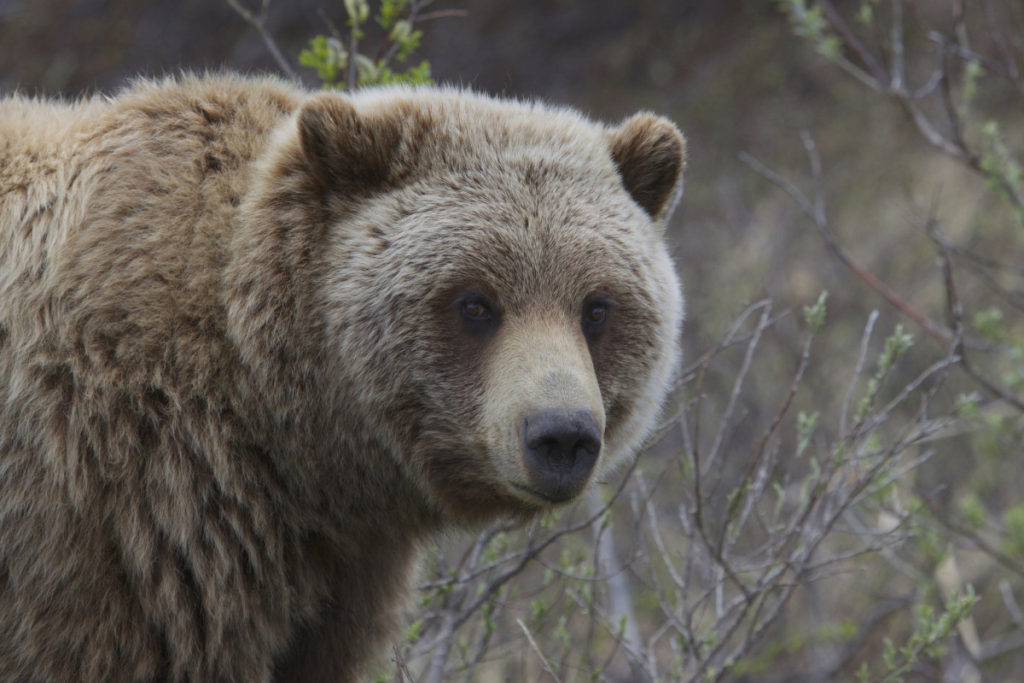Table of Contents
BEARS IN THE SKY
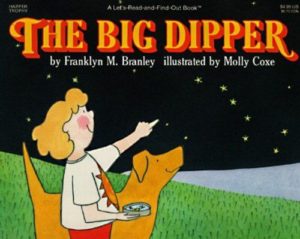 |
The constellation we know as the Big Dipper is really an asterism – a subset of a larger constellation known as Ursa Major, or the Great Bear. Learn all about it in Franklyn Branley’s The Big Dipper (HarperCollins, 1991), one of the Let’s-Read-and-Find-Out Science series. Readers learn the names of all the stars in the Dipper, discover how the Dipper is oriented in the sky in different seasons, and find out how to locate the North Star. For ages 4-7. |
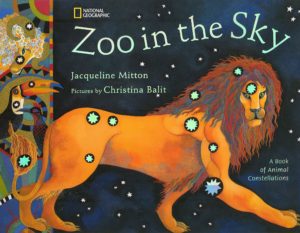
|
By Jacqueline Mitton, Zoo in the Sky: A Book of Animal Constellations (National Geographic Children’s Books, 2006) – illustrated with fantastical paintings on which the shape of the constellation is outlined in shiny stars – covers, among others, the Great and Little Bears. For ages 4-8. |
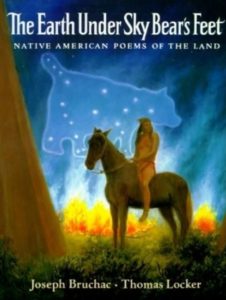
|
Joseph Bruchac’s The Earth Under Sky Bear’s Feet (Puffin, 1998) is a collection of 12 poems based on a range of native American peoples describing what the Sky Bear – the Big Dipper – sees as she circles the Earth each night. Illustrated with lovely paintings by Thomas Locker. For ages 8-12. |
| From EarthSky, Big and Little Dippers has excellent reader-friendly explanations, illustrated with diagrams and photographs. Find out the names of the Big Dipper stars and how far they are from Earth, read the legends of the Bears, and more. | |
| For many more resources, see Astronomy. |
REAL BEARS
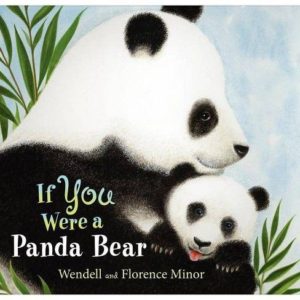
|
Florence Minor’s If You Were a Panda Bear – with wonderful illustrations by Wendell Minor – introduces young readers to the major species of bears (panda, sloth bear, polar bear, American black bear, and more) by means of a charming rhyming text. Added at the end are lists of Bear Fun Facts and resources. For ages 4-8. |
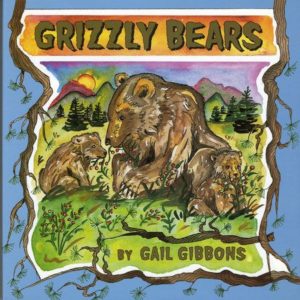
|
By Gail Gibbons, Grizzly Bears (Holiday House, 2003) introduces kids to grizzlies through large appealing pictures and a straightforward text. Included are info on grizzly size, speed, behavior, and habitat. A helpful note at the end explains what to do if you’re ever threatened by a grizzly. For ages 5-9. |
| From Animal Planet, A Grizzly Chronology is a detailed and fascinating history of grizzly bears. | |
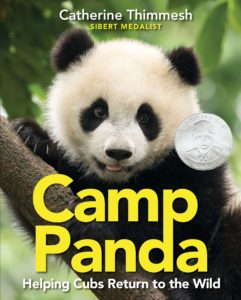
|
Catherine Thimmesh’s award-winning Camp Panda (Houghton Mifflin Harcourt, 2018) is a photo-illustrated account of returning young pandas to the wild. For ages 9-12. |
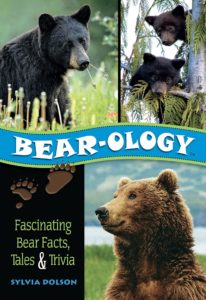
|
Sylvia Dolson’s Bear-ology (PixyJack Press, 2009) is an illustrated compendium of “Fascinating Bear Facts, Tales, and Trivia.” Included: information on bear myths, ancestral bears, bears’ relationships with humans, symbolic bears, and accounts of famous bears. For ages 12 and up. |
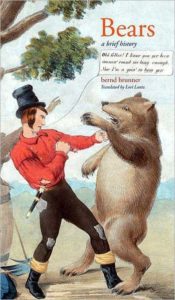
|
Bernd Brunner’s Bears: A Brief History (Yale University Press, 2009) is a book for the serious bear student: nearly 300 pages of information on the history, literature, and science of bears. For teenagers and adults. |
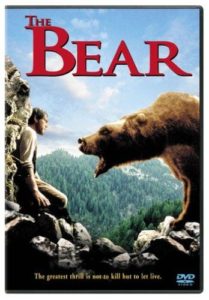 |
In the film The Bear (1988), directed by Jean-Jacques Annaud, a young orphaned bear cub is adopted by an adult male and together they manage to fend off hunters. A bear’s-eye view of the world. Rated PG. (There’s a brief bear mating scene.) |
| National Geographic’s Black Bear has background information, photographs and videos, an audio clip of a growl, a distribution map, fast facts, and links to other species of bears. | |
| Facts About Bears has information about each of the eight species of bears and a catchy list of interesting bear facts. (For example, koala bears are not bears; and the bear’s closest living relatives are pinnipeds – that is, walruses, seals, and sea lions.) | |
| The West Virginia State Animal is the black bear. Check it out at State Symbols USA. | |
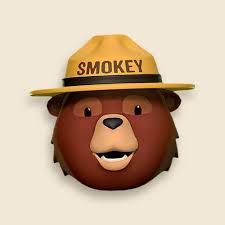 |
Only YOU can prevent wildfire. Check out the Smokey Bear website for the story of the famous Smokey Bear, Smokey imagery over the years, and information about wildfires and wildfire prevention. Included at the site are an interactive game for kids, teacher’s resources, and printable activity books. |
| Make a Smokey the Bear Finger Puppet. | |
| Did the Vikings invent teddy bears? (Well, not exactly.) Check out The truth about Viking berserkers. | |
| For more resources, see Vikings. | |
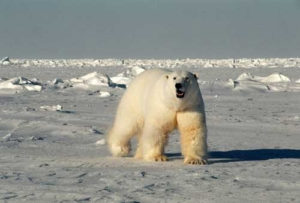 |
Polar bears have transparent fur! Learn all about it (and more) at Everyday Mysteries. |
| By geneticist Ricki Lewis, Polar Bear Genome Reflects Climate Change discusses how – with warming temperatures and diminishing ice – polar and brown bear ranges are coming closer together, producing new polar/brown bear hybrids. | |
| All polar bears trace their genetic lineage to a single female ancestor – a brown bear from Ireland. Read about it here. | |
| Wolves helping bears? The reintroduction of wolves to Yellowstone National Park seems to be a plus for bears. Read about it here. | |
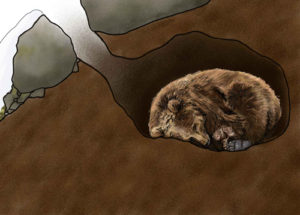 |
Bears don’t hibernate the same way that other hibernating animals do. Check out The Secrets of Bear Hibernation for an explanation and a video of a hibernating bear. |
| For more on bear hibernation studies, see Bears Hibernate (and Soon You Could Too). | |
| For a more detailed account of bear hibernation (for older kids; the language is snarky and there’s discussion of bear sex), see The Great ‘Do Bears Hibernate’ Debate. | |
 |
What If There’s Bears? All right; I just love this. Home repair tips, with possibility of bears. |
